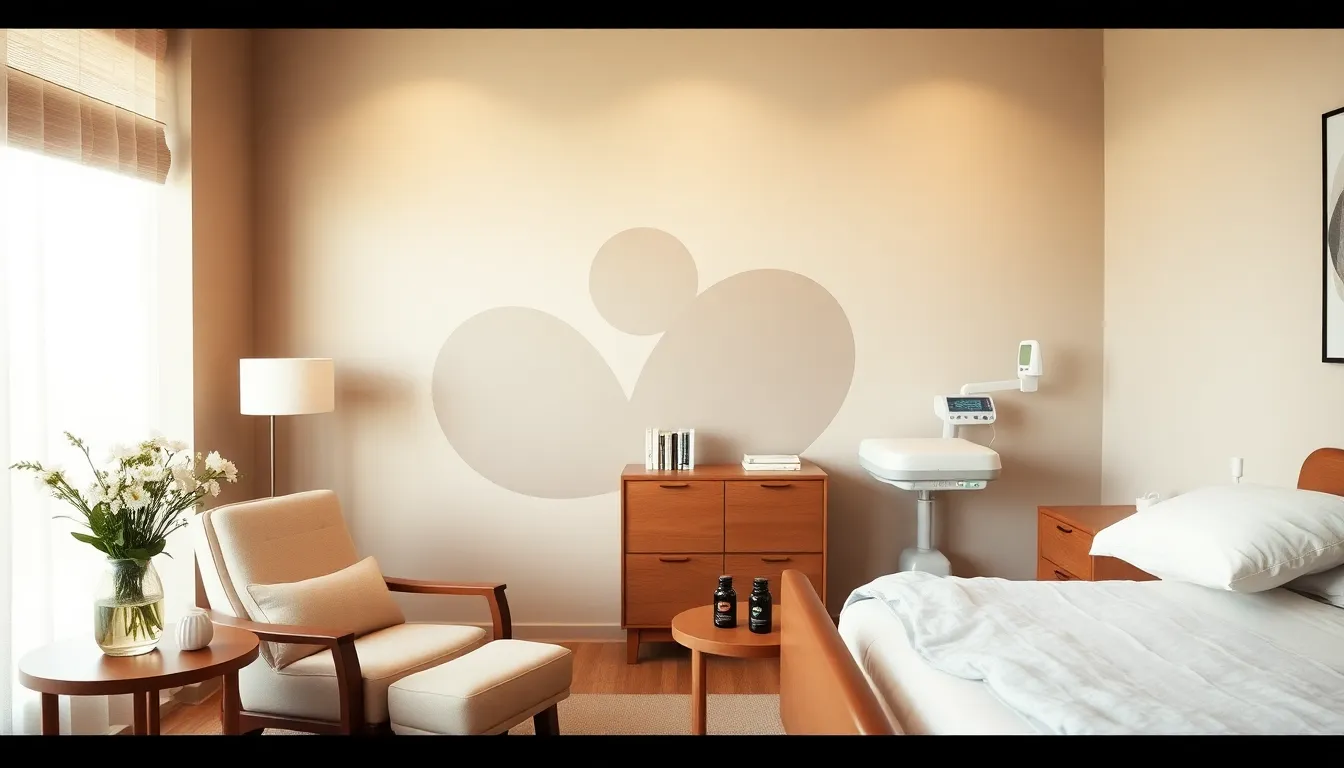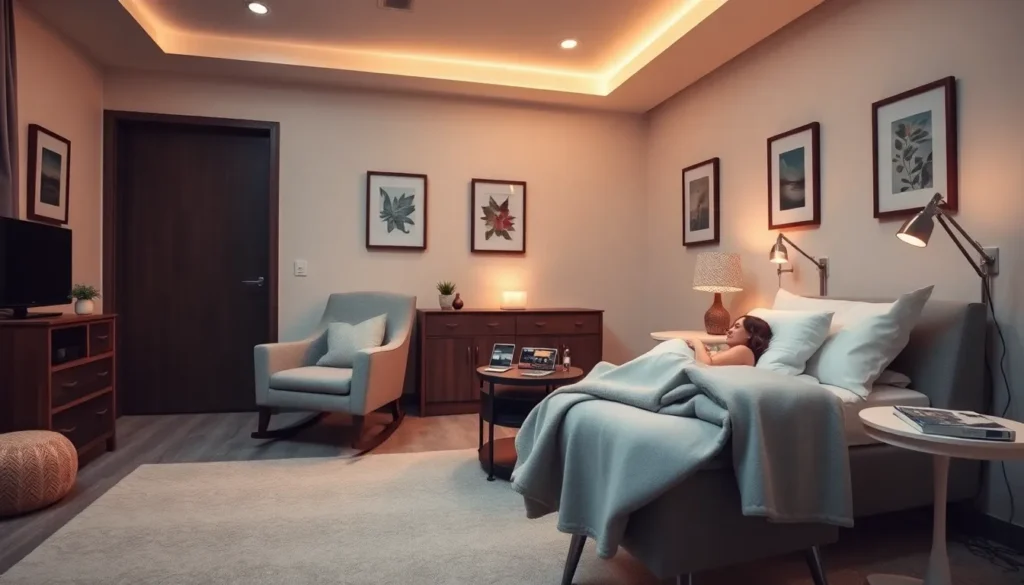Imagine being in a space designed specifically for one of life’s most monumental moments, awesome, right? The birthing room isn’t just a sterile clinical area: it’s a sanctuary where miracles happen and families grow. Rethinking the traditional approach to labor and delivery may sound daunting, but fear not. This guide is here to help you craft the ideal birthing room experience without losing your cool (or sense of humor). Let’s jump into what makes a birthing room truly special and how it can elevate the entire journey for everyone involved.
Table of Contents
ToggleUnderstanding the Birthing Room Concept

The birthing room is an innovative concept that redefines where labor and delivery occur. Unlike traditional hospital settings that often prioritize medical efficiency, modern birthing rooms focus on comfort and support, mirroring the atmosphere of home while ensuring access to medical expertise.
Many expectant parents view the birthing room as a personalized haven. Here, they can engage in active labor while surrounded by loved ones, soothing aromas, and possibly even some soothing music. Research has shown that a calming environment can significantly impact the labor experience, making a birthing room the perfect blend of clinical and comfortable.
Key Features of a Birthing Room
Birthing rooms are designed with various features aimed at comfort, safety, and flexibility.
- Adjustable Lighting: Dim lights help create a tranquil atmosphere, which many mothers find soothing during labor. Bright lights can be overwhelming, so adjustable options allow the room to adapt to different moments.
- Comfortable Equipment: Whether it’s a birthing ball, a rocking chair, or a comfortable bed, the furniture in a birthing room should promote relaxation and help movement. Many women prefer to have options that allow them to change positions easily.
- Medical Equipment: Practicality remains crucial, so these rooms are equipped with necessary medical devices that offer real-time monitoring of both the mother and baby without compromising comfort.
- Privacy Features: By incorporating partitions and soundproofing, birthing rooms provide a sense of seclusion, allowing families to share intimate moments without distractions.
The Role of Partners and Support People in the Birthing Room
Having supportive partners and family members during labor can make all the difference. They serve not only as emotional anchors but also as advocates for the mother’s wishes during the birthing process. A supportive partner can help by providing reassurance, physical comfort measures, and, perhaps, snacks (only if they’re brave enough to venture outside.).
Many birthing rooms have enough space for family members to participate in the experience actively, helping to create a nurturing atmosphere. Studies have highlighted how the presence of a partner or support person can significantly reduce anxiety and improve overall satisfaction with the birthing experience.
Navigating Pain Management Options in the Birthing Room
Pain management is often a hot topic for discussions around childbirth. Every woman’s experience is unique, so having various options available can contribute to a more personalized birthing experience.
- Natural Methods: Techniques such as breathing exercises, hydrotherapy, and massage can be utilized in birthing rooms, allowing mothers to find their comfort zone. Some women even report that using aroma therapy helps create a soothing environment.
- Medicated Options: From epidurals to nitrous oxide, healthcare professionals can offer pain relief options that fit individual needs. Discussing these options beforehand is crucial, as not all women will want the same approach to pain management.
- Continuous Monitoring: Technology has come a long way. Birthing rooms are often equipped for real-time monitoring, allowing the laboring person to remain mobile while still tracking vital signs.
Personalizing Your Birthing Room Experience
A key aspect of any birthing room is personalization. Expectant parents are encouraged to bring items that make them feel comfortable, such as favorite blankets, photos, or even playlists of their go-to tunes. Some facilities allow posters or decorations, and blossoms add a spruce of delight.
Plus to personal items, guidelines can assist in making the room conducive to the laboring mother’s preferences. Using warm colors, familiar scents, and comforting sounds can ease anxiety and contribute to a sense of control.
The Importance of Postpartum Care in the Birthing Room
Postpartum care is often overlooked in conversations surrounding the birthing room. Once the baby arrives, the focus should also shift back to the mother’s wellbeing. Medical staff can monitor vital signs, check for any complications, and provide immediate support.
Facilities can encourage skin-to-skin contact and breastfeeding as soon as possible, fostering bonding for the new family. A well-rounded postpartum plan should extend beyond medical care: having emotional support and educational resources available in the birthing room can help the transition into parenthood.













